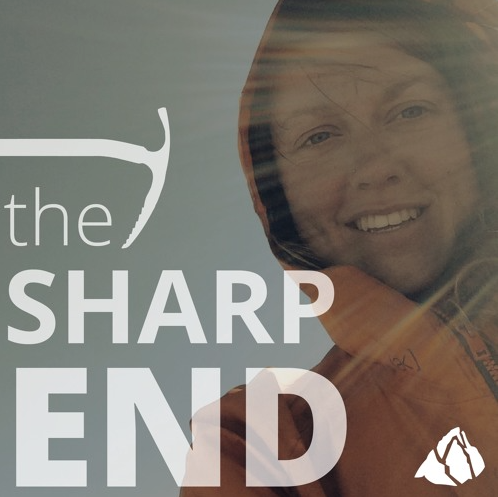Fall While Scrambling
California, Sierra Nevada, Mt. Whitney
Ian Fried (33) and I (Tobias Tillemans, 46) had set up camp at Iceberg Lake (12,600 feet) at the base of Mt. Whitney. It was 3 p.m. when Ian heard a clattering noise coming from the mountain. A climber informed us that he had just seen a solo climber fall down 2nd- and 3rd-class terrain on the Mountaineers Route (Grade III). The guide from this party suggested that Ian and I respond, while he would find an experienced guide (Dave Stimson, 43) who was nearby.
We packed first-aid supplies, a Garmin inReach, food, water, helmets, a stove, and insulation. We scrambled up talus toward a clearly visible colorful dot in a gully about 600 feet above. At 13,200 feet we found the injured climber. He was breathing, unresponsive, and had an open head injury. He was wearing sneakers, a light jacket, and no helmet.
We took vital signs and found some cracked ribs, but there was no indication of substantial bleeding beyond the initial injuries. The climbing guide we met at camp arrived ten minutes later. Together, we wrapped the head injury while Ian contacted EMS through the inReach. We decided this was not a safe spot because of the steep and loose rock. We needed ropes to lower the patient to a ledge about 20 feet below. We could see a second guide collecting climbing equipment in camp. Twenty minutes after our arrival the patient was still unresponsive. We put him into two sleeping bags as the temperature was slowly dropping.
Dave Stimson arrived with two ropes and a rack. With two more responding climbers we lowered the injured climber onto the ledge at 4:30 p.m. Meanwhile, Ian was in contact with EMS. Helicopter rescue was uncertain, given the few remaining daylight hours, the high altitude, and high winds. We made hot-water bottles to warm the patient, ate food, and stayed hydrated. We were relieved to hear a helicopter around 7 p.m, just as the sun was setting.
A paramedic was lowered with a litter. When we were ready, the helicopter lowered a cable, but it was too windy and dark to safely haul the patient. The helicopter departed.
We scouted a route down to a flat area near camp and set up a series of anchors to lower the litter. Eventually the terrain was flat enough to carry him. It took about three hours to descend the 600 vertical feet to an area where the helicopter could land. The helicopter returned and landed around 1 a.m. We loaded the patient and they took off toward a nearby trauma center.
ANALYSIS
The injured climber was doing the Mountaineers Route in a day, which entails 6,000 feet of elevation gain and a 15-mile round trip. He may have been fatigued and let his guard down after descending the steepest section of the gully. He was 74 years old and traveling alone without a communication device. It is unclear how acclimatized he was, given his origin of Phoenix. He was descending with trekking poles attached to his wrists and doing that is less safe than putting the poles on your back. Considering his injuries, this climber was very lucky to be discovered before dark.
Most rescues present risks to the rescuers. In this case, darkness and having individuals working above and below the litter presented hazards, especially given the presence of large loose blocks. Throughout the rescue we vocalized safety concerns. This greatly reduced risk. (Sources: Ian Fried and Tobias Tillemans.)

